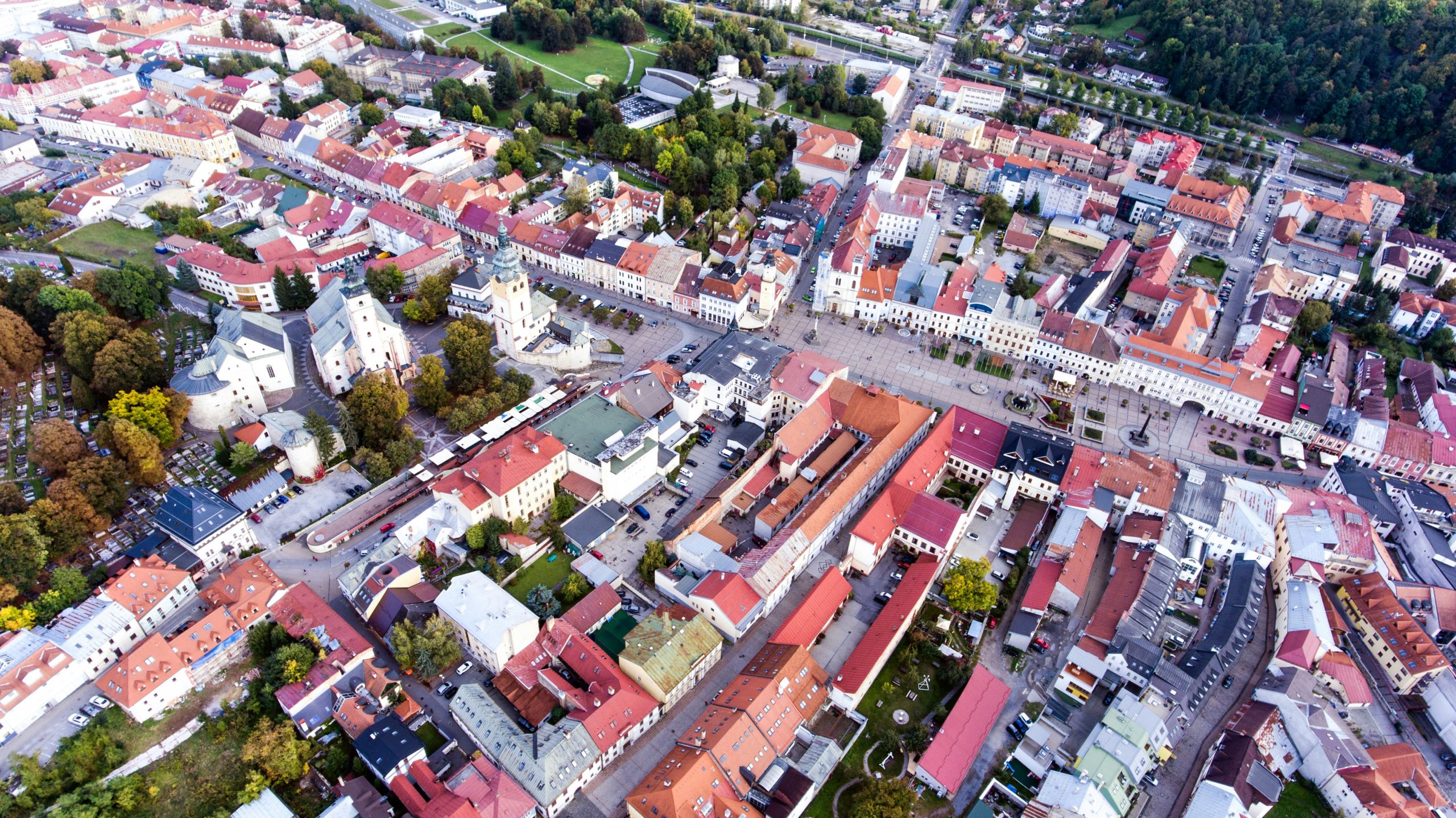
San Bernardino, a city nestled in the heart of Southern California, has long faced economic and social challenges. Once a thriving hub of commerce and community, the city struggled for years to rebound from economic downturns, housing crises, and civic setbacks. However, lobbyists are a less visible but increasingly influential force helping shape San Bernardino’s revitalization. Lobbyists are pivotal in transforming San Bernardino into a beacon of urban renewal by advocating for policies, attracting investment, and fostering partnerships.
The Historical Challenges of San Bernardino
San Bernardino’s decline began decades ago with the erosion of its industrial base. Closing major employers, such as the Kaiser Steel plant and the Santa Fe Railroad yards, dealt a severe blow to the local economy. These closures resulted in widespread job losses, population decline, a shrinking tax base, and strained public services.
The Great Recession of 2008 further exacerbated the city’s woes. San Bernardino filed for bankruptcy in 2012, marking one of the largest municipal bankruptcies in U.S. history. The town faced crumbling infrastructure, increasing poverty, and dwindling public resources, leaving its residents in dire need of a turnaround.
Lobbyists as Catalysts for Urban Renewal
Amid these challenges, lobbyists emerged as key players in driving change. These professionals specialize in advocating for public and private interests, leveraging their connections and expertise to influence policy decisions and attract funding. In San Bernardino, lobbyists have taken a multi-pronged approach to address the city’s revitalization needs.
One critical area where lobbyists have impacted is securing state and federal funding. By effectively communicating the city’s challenges and potential. Lobbyists have successfully advocated for grants and investments to rebuild infrastructure, enhance public safety, and support community programs. For example, funds have been directed toward repairing roads, upgrading public transportation, revitalizing parks, improving quality of life and attracting new residents.
Attracting Private Investment
Public funding alone cannot sustain long-term urban renewal, and lobbyists have recognized the importance of attracting private investment to San Bernardino. Lobbyists have enticed businesses, developers, and investors to see the region’s untapped potential by promoting the city as a prime development location.
Downtown San Bernardino, for instance, has become a focal point for redevelopment. Projects such as mixed-use developments and commercial hubs are transforming the urban landscape, creating jobs, and generating revenue for the city. Lobbyists have played a crucial role in navigating regulatory hurdles, ensuring these projects move forward efficiently.
In addition to securing investment, lobbyists have helped foster public-private partnerships that align corporate goals with community needs. This collaboration has resulted in initiatives that support affordable housing, educational programs, and workforce development. Ensuring that the benefits of revitalization extend to all residents.
Advocating for Policy Changes
Lobbyists have also been instrumental in advocating for policy changes that support urban renewal. Like many cities, San Bernardino faces complex regulatory frameworks that can deter development. By working with policymakers, lobbyists have sought to streamline processes, reduce bureaucratic red tape, and incentivize businesses to invest in the city.
One notable example is the push for Opportunity Zones in San Bernardino. These federally designated areas offer tax incentives for investments in economically distressed communities. Lobbyists were key in identifying and promoting city areas that could benefit from this designation. Resulting in a surge of interest from developers and entrepreneurs.
Additionally, lobbyists have championed policies addressing homelessness and public safety, two critical issues impacting urban revitalization. By securing funding for shelters, mental health programs, and law enforcement initiatives. They have helped create a more stable and secure environment for residents and businesses alike.
Building Community Trust and Engagement
Revitalization efforts are most successful when they involve and benefit the community. Lobbyists have recognized this and have worked to build trust and engagement among San Bernardino’s residents. They have facilitated community forums, gathered input on proposed projects, and advocated for initiatives prioritizing local voices.
This focus on inclusivity has helped mitigate concerns about gentrification. Ensuring that rising property values and new developments do not displace long-time residents. Lobbyists have sought to balance growth with sustainability by advocating for affordable housing and equitable economic opportunities.
A City on the Rise
Today, signs of progress are evident across San Bernardino. New businesses are opening their doors, public spaces are being revitalized, and a sense of optimism is returning to the community. While challenges remain, the city’s transformation is a testament to the collaborative efforts of policymakers, developers, residents, and lobbyists.
Lobbyists, in particular, have proven indispensable allies in this journey. Their ability to navigate complex systems, attract resources, and advocate for change has positioned San Bernardino for a brighter future. As the city continues to evolve, lobbyists’ role in driving urban revitalization will remain vital to its success story.
Looking Ahead
San Bernardino’s journey toward revitalization offers valuable lessons for other cities facing similar challenges. It underscores the importance of collaboration, strategic advocacy, and a long-term vision for growth. Lobbyists, often viewed with skepticism, have demonstrated their potential to drive positive change when their efforts align with the public good.
As San Bernardino continues its transformation, its residents can look forward to a future defined by resilience, innovation, and community pride. The city’s story is far from over, and with the continued efforts of lobbyists and other stakeholders. San Bernardino is poised to reclaim its place as a thriving urban center.